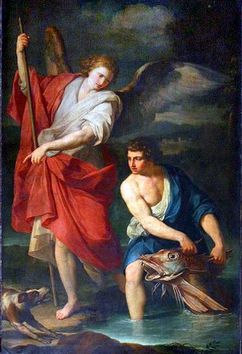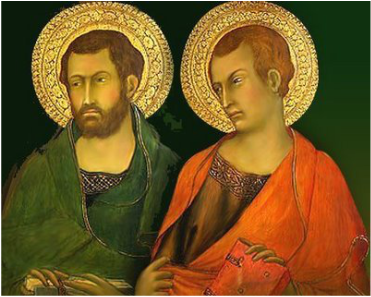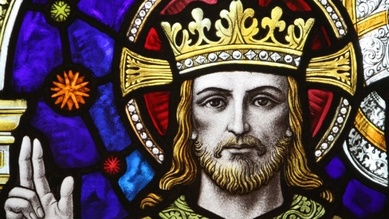|
The feast of Saints Simon and Jude is celebrated on October 28. Both saints are among the twelve apostles. Simon is normally called “the Zealot” to distinguish him from Saint Peter. Most of the then known world claimed that Simon preached the Gospel to them. However, it is generally believed that he preached in Persia and Babylonia. Saint Simon was martyred in the first century. He is frequently depicted with a saw as it is believed he was hacked to pieces. Saint Jude, also called Thaddeus, was the brother of James the Lesser. He is credited with the Epistle of Saint Jude. It is believed that he preached in Palestine, where he was martyred in the first century. Saint Jude is the patron saint of impossible causes. The liturgical prayers for the feast of Saints Simon and Jude highlight their role as apostles: Collect Sancti Simon et Thaddaee, orate pro nobis!
This post was written by Kirsten Fontenot, an SJCA pupil in the Rhetoric Stage of her curiculum. In the traditional calendar of the Catholic Church, the final Sunday of October is the feast of Christ the King. This feast was established by Pope Pius XI in 1925 to emphasize that Christ, in overcoming the world through his passion, death, and resurrection, is made King over all things in heaven and on earth. As Saint Paul declared in his Epistle to the Ephesians, 1:17-23: [17] That the God of our Lord Jesus Christ, the Father of glory, may give unto you the spirit of wisdom and of revelation, in the knowledge of him: [18] The eyes of your heart enlightened, that you may know what the hope is of the glory of his inheritance in the saints. [19] And what is the exceeding greatness of his power towards us, who believe according to the operation of the might of his power, [20] Which he wrought in Christ, raising him up from the dead, and setting him on his right hand in the heavenly places. Dr. Peter Kwasniewski, professor of theology and philosophy at Wyoming Catholic College, wrote an excellent article emphasizing the importance of this Feast, especially as regards its original date established by Pius XI. Please take the time to read his article at the blog Rorate Caeli, Should the Feast of Christ the King Be Celebrated in October or November?
 St. Raphael and Tobias St. Raphael and Tobias On October 24th, we celebrate the feast of The Archangel, St. Raphael. The name ‘Raphael’ means ‘God has healed’, which is fitting because of all the acts of healing attributed to the Archangel on Earth, Scripture tells us. Raphael first arrives in Scripture in the book of Tobit under the disguise of a human traveling with Tobias in his youth. Later in Tobit 12:15, he makes himself known to be the Archangel called Raphael. He is believed to be one of the 7 Archangels that sit before the throne of the Lord (Revelations 8:2). The healing works of Raphael include healing Tobias of his blindness in his elder years, as well as the deliverance of Tobias’ daughter in law from a demon that tormented her The liturgy for St. Raphael’s feast day is all taken from Tobit as a testament to all his works of healing: THE COLLECT: O God, who sent the blessed Archangel Raphael to accompany Your servant Tobias on his journey, grant that we, Your servants, may also be guarded by him always and strengthened by his assistance. Through our Lord. St. Raphael, ora pro nobis! This post was written by Mary Broussard, an SJCA pupil in the Rhetoric Stage of her curiculum.
|
AuthorsThe authors of this blog are the tutors of Saint John of the Cross Academy: Archives
November 2016
Categories
All
|


 RSS Feed
RSS Feed